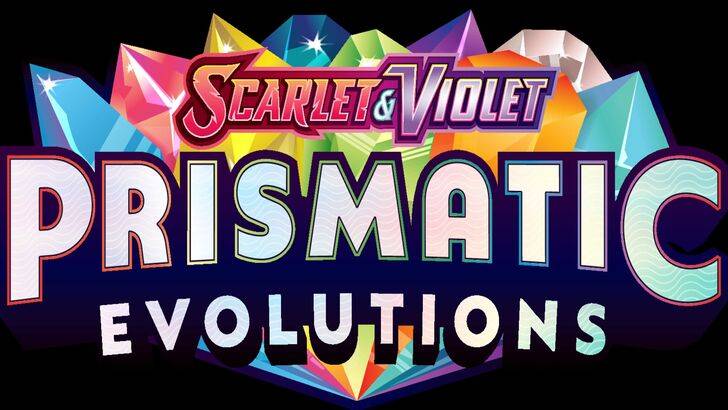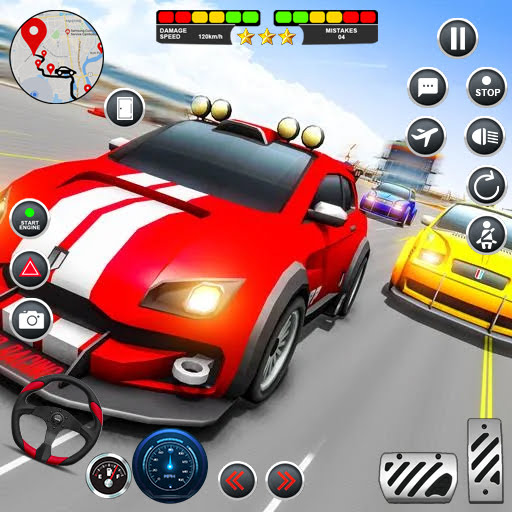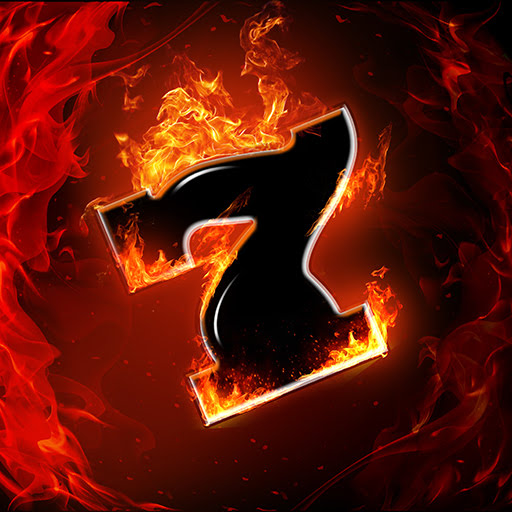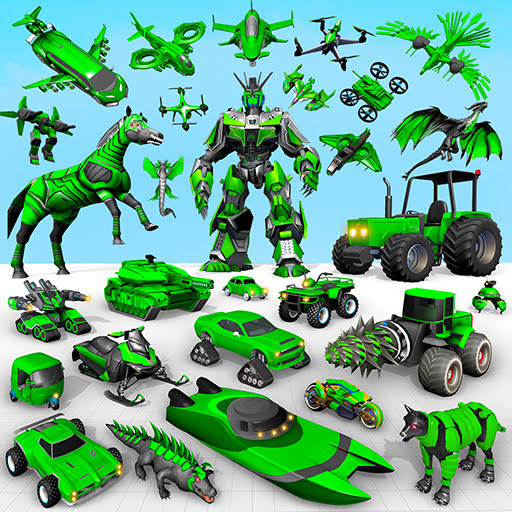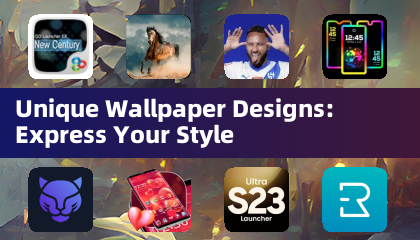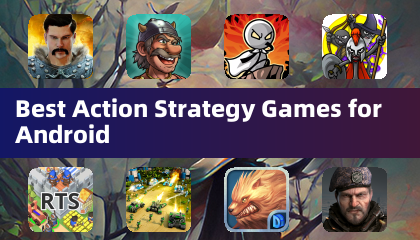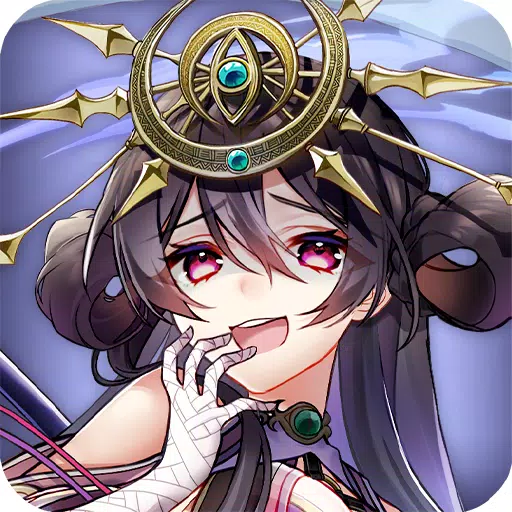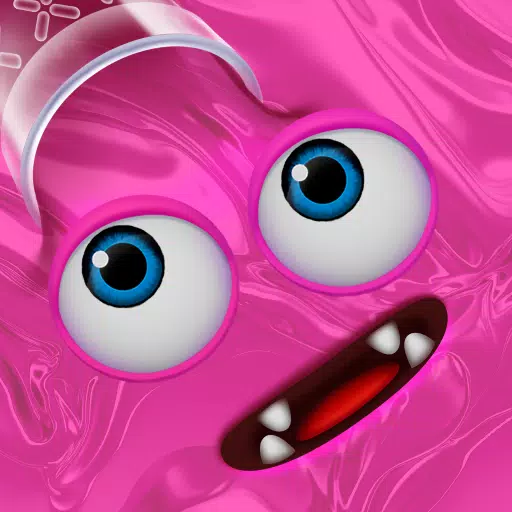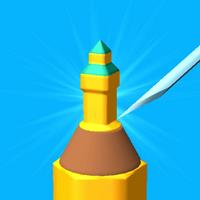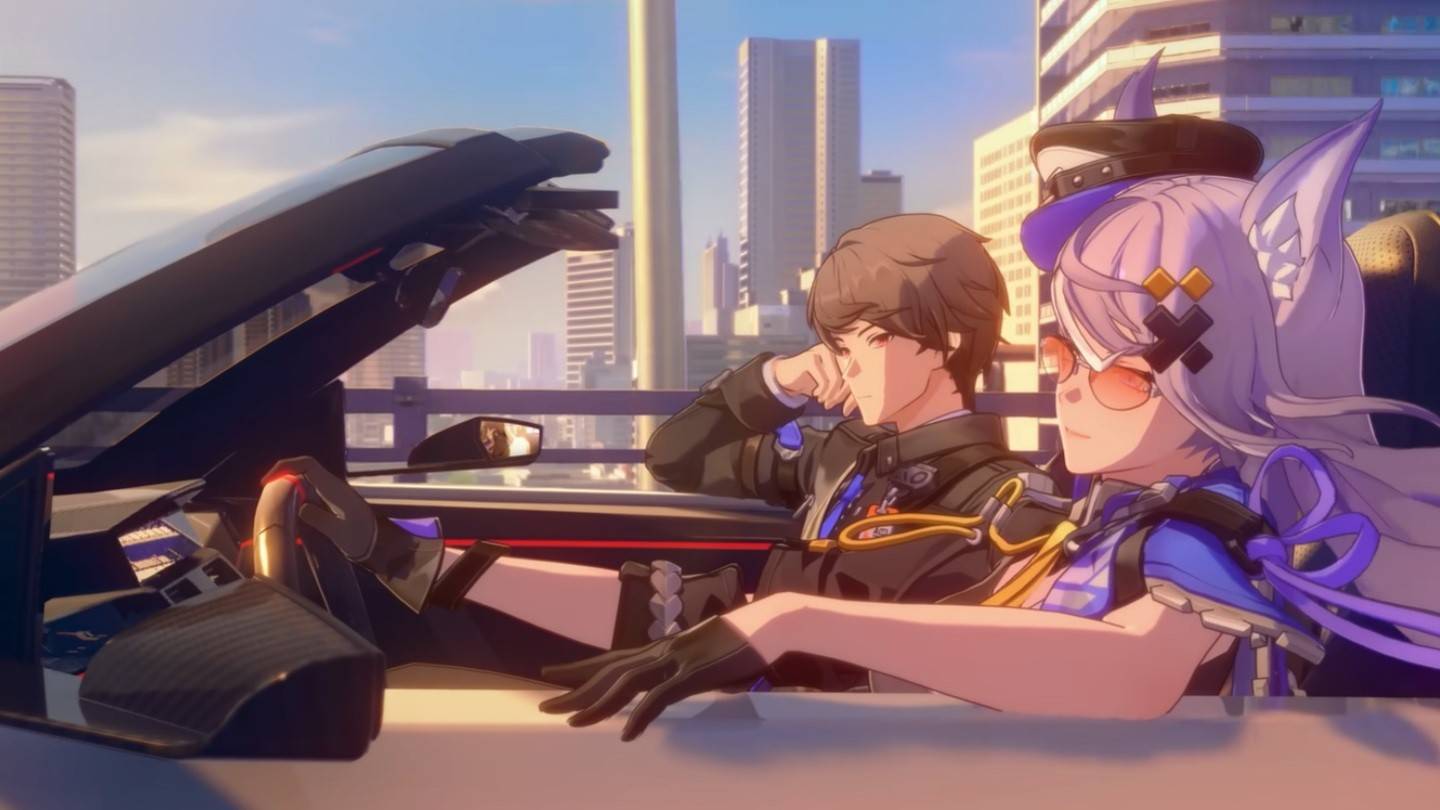Astro Bot fans are well-versed in the story behind the creation of the sponge power-up, but did you know that developer Team Asobi also experimented with even more whimsical abilities, such as a coffee grinder and a roulette wheel? This fascinating tidbit came to light during IGN's coverage of GDC 2025, where Team Asobi's studio director, Nicolas Doucet, delivered a captivating talk titled, "The Making of 'ASTRO BOT'". In his presentation, Doucet delved deep into the development process of the PlayStation mascot platformer, sharing a wealth of early prototype images and insights into content that didn't make the final cut.
Doucet kicked off his talk by discussing the initial pitch for Astro Bot, which was crafted in May 2021, shortly after Team Asobi began its prototyping phase. He revealed that the pitch underwent an impressive 23 revisions before being presented to top management. The pitch was creatively presented as an adorable comic strip that highlighted the main pillars and activities of the game, a method that evidently struck a chord.
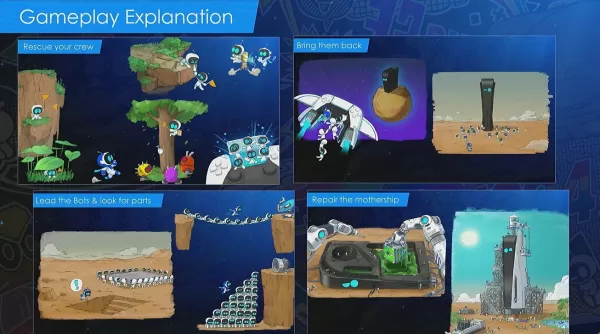
Doucet then shared how Team Asobi generated ideas through extensive brainstorming sessions. The team organized into small groups of 5-6 members, blending individuals from various disciplines to foster diverse perspectives. Each participant contributed ideas via sticky notes, culminating in a visually striking brainstorming board.
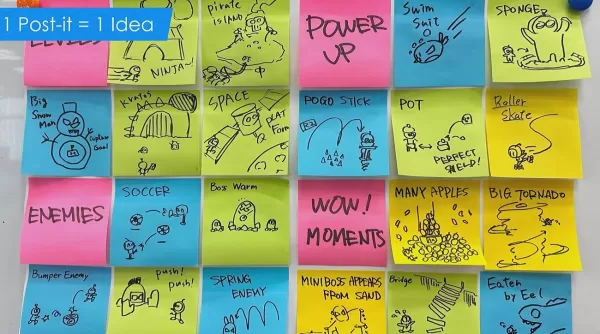
Not all concepts progressed to prototyping, Doucet noted, with only about 10% of brainstormed ideas being developed further. Yet, this still resulted in a significant amount of prototyping. He emphasized the importance of prototyping across the team, encouraging everyone, even those outside of game design, to experiment with their ideas. An intriguing example was the audio designers' creation of a theater within Astro Bot to test haptic controller vibrations corresponding to various sound effects, such as different ways a door could open and close.
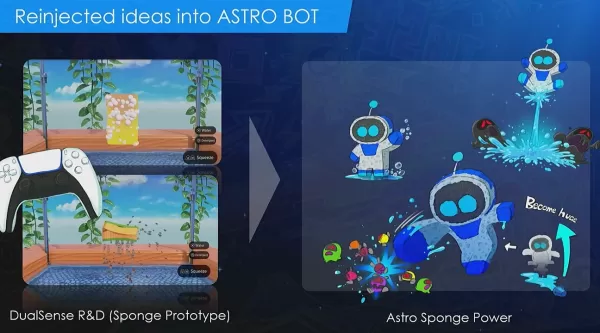
Prototyping was so crucial to the Astro Bot team that a few programmers were dedicated to exploring non-platforming concepts. This approach led to the creation of Astro Bot's sponge mechanic, which was prototyped using the adaptive trigger and eventually integrated into the game due to its fun factor.
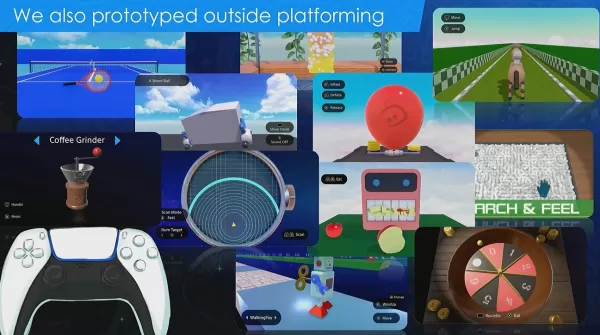
Doucet showcased an image featuring several prototypes that didn't make it into the final game, including a tennis game, a walking wind-up toy, a roulette wheel, and a coffee grinder, alongside successful mechanics like the balloon and sponge.
He also discussed the meticulous process of level selection and design, aiming to ensure each level offered unique gameplay and didn't feel repetitive. While some power-ups could appear in multiple levels, their implementation needed to be distinct enough to maintain variety. Doucet shared examples of a cut level themed around bird flights, which was deemed too similar to existing levels using Astro Bot's monkey power-up, and another level in Astro's Playroom with a similar mechanic.
"In the end, it was decided that the overlap was not healthy enough to create variety, and we just cut this level entirely," he explained. "We'll never know if that level would have been popular. But in hindsight, I think it's a good thing that we got to spend that time elsewhere."
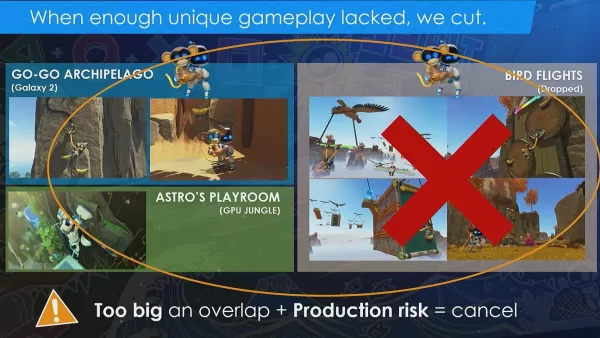
**Spoiler Alert for the final scene of Astro Bot:** In the game's closing sequence, players help reassemble a broken Astro Bot with the aid of other bots. Initially, the scene featured a more dismembered Astro Bot, but this was altered due to some players' strong reactions. The final version presents a slightly more intact Astro Bot, which was better received.

Doucet's talk was rich with other fascinating insights into the development of Astro Bot, a game that IGN awarded a 9/10, praising it as "A fantastically inventive platformer in its own right, Astro Bot is particularly special for anyone with a place in their heart for PlayStation."

